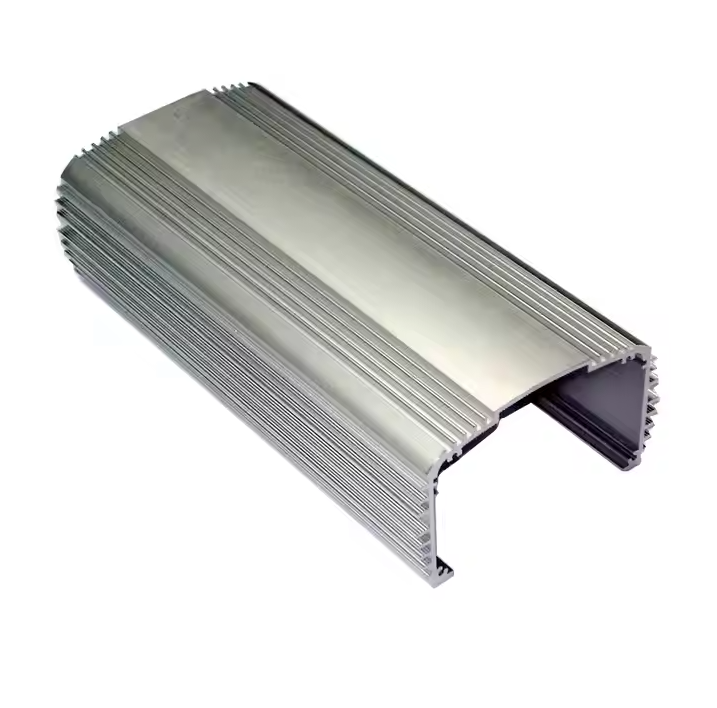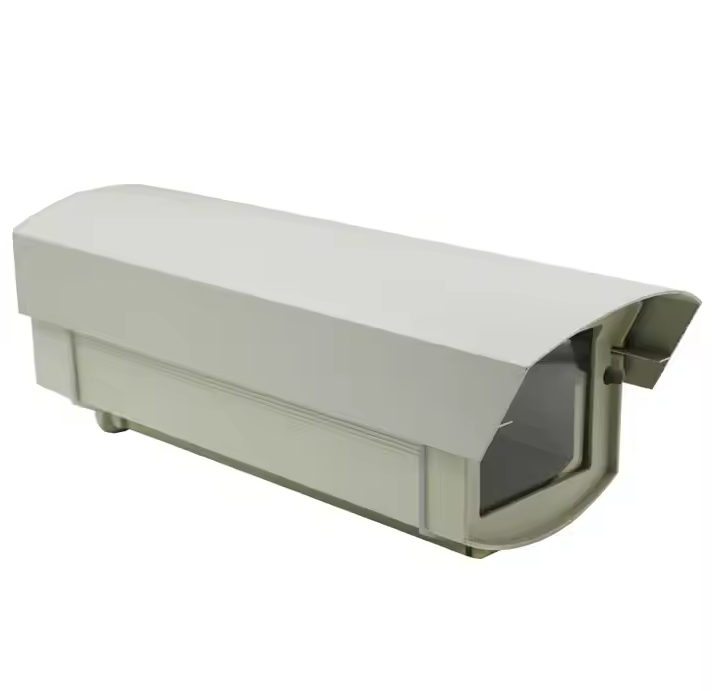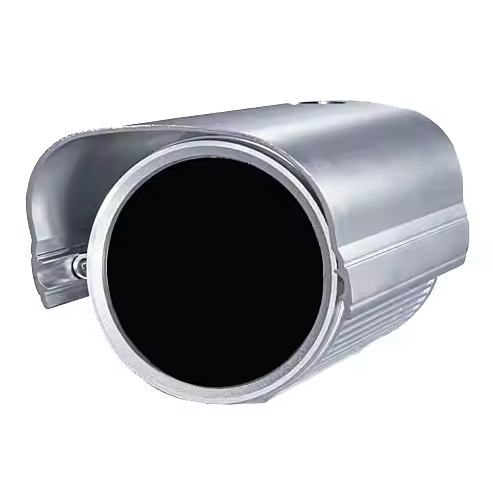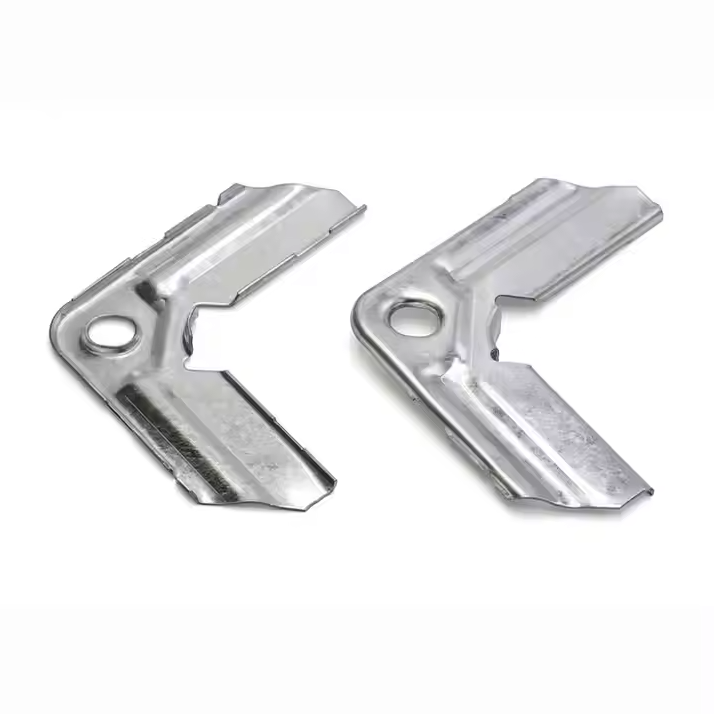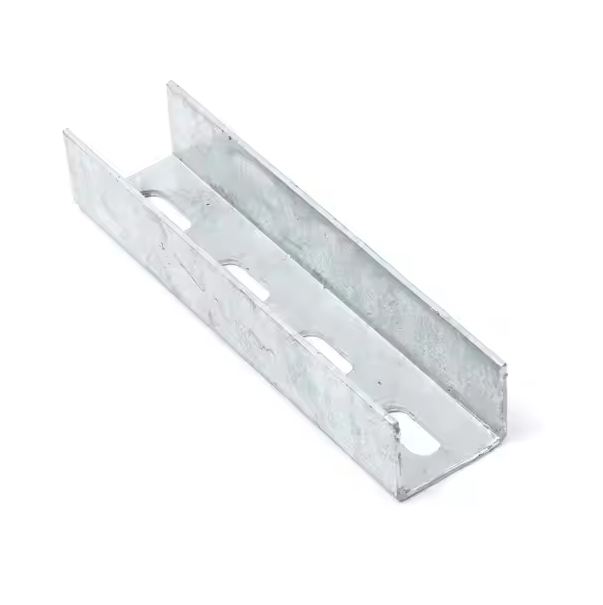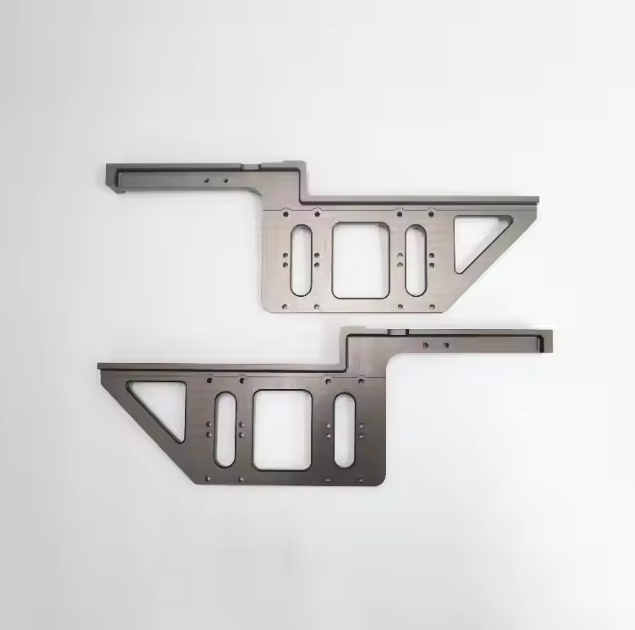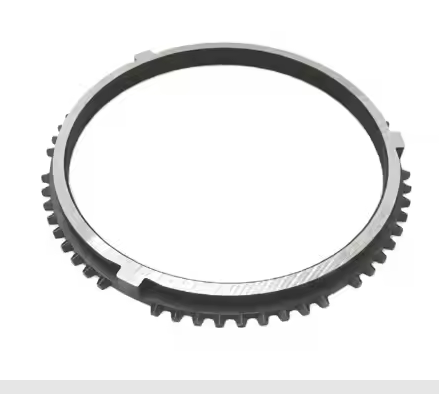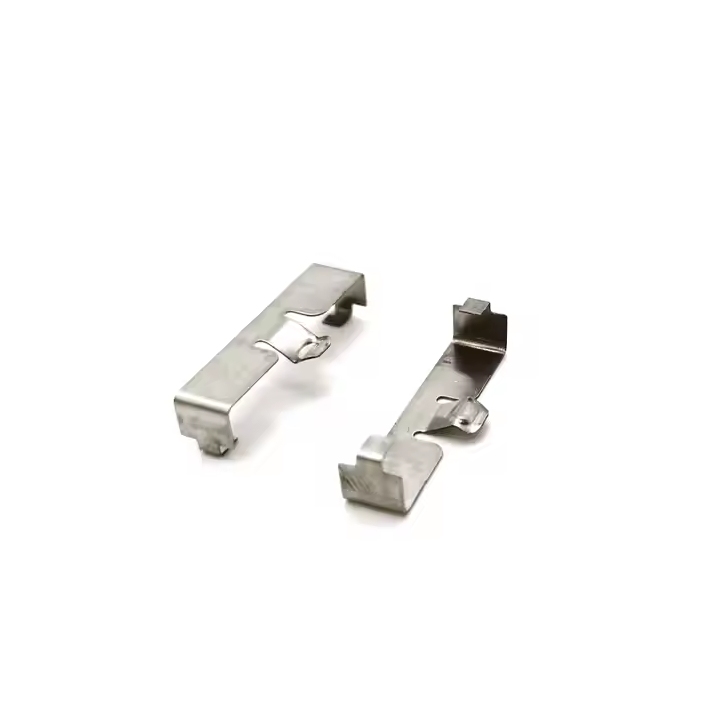Products
Aluminum die-casting oxidized polished camera housing
Die-cast housing Parts Information | |
Product name | Aluminum die casting housing/CCTV camera housing/surface treatment metal die casting customization |
Product Type | Die-cast housing |
Size | 40X30X30 cm |
Condition | new |
Origin | Shenzhen, China |
Applicable types | Industrial, mechanical, electronic, mechanical and other monitoring housings |
Material | Stainless steel, mild steel, carbon steel, aluminum, alloy, iron, brass, titanium, copper, etc. |
Surface treatment/ processing technology | Galvanized/nickel/chrome plated, powder coated, polished, anodized, painted, hot dip galvanized, brushed, passivated, KTL, etc./ Stretching, EDM, punching, embossing, bending, riveting, welding, laser cutting, etc., according to customer needs |
Mold | In-house design, production and assembly |
Drawing format | PDF, DWG, DXF, STP, IGS, etc. |
Certification | ISO9001/ISO13485/ISO14001/IATF16949 |
Dimensional tolerance/ Delivery time | ±0.05 mm/15-25 days |
Industries we serve | Machinery parts, Auto parts, Mining equipment, Furniture hardware, Medical equipment, Electrical equipment, Building hardware, Agriculture, etc. |
Advantages of Die Casting
Xuanmin offers a range of die casting services to meet your unique needs.
Improve production efficiency
The die casting process can achieve rapid prototyping and is suitable for mass production.
The mold has high reusability and significantly improves production efficiency throughout the production cycle.
High precision of finished products
Die castings have good dimensional accuracy and surface quality, and can usually achieve an accuracy of **±0.1mm**.
It consumes secondary processing and reduces subsequent processing costs, which is suitable for precision parts manufacturing.
High material utilization rate
The die casting process has almost no waste, and the utilization rate of metal materials can be as high as more than 90%.
Consumption and scraps can be recycled and reused to reduce production costs.
Strength and weight advantages
Die castings have equal strength and hardness, especially aluminum and magnesium alloy die castings, which can provide a balance between strength and lightness.
It is conducive to the demand for weight reduction and high performance in the fields of automobiles, aerospace, etc.
Complex structure forming capability
The die casting process can produce parts with complex shapes and diverse structures.
One-time forming, reducing parts combination, and improving the modularity of products.
Economic growth
When mass-produced, the unit cost is low, which is suitable for long-term production needs.
The process has a high degree of automation, which reduces labor costs and improves production efficiency.
Material properties
Applicable to a variety of metal materials, such as aluminum alloy, zinc alloy, magnesium alloy and copper alloy, etc., to meet the requirements of different application scenarios.
Die casting is an efficient and precise metal forming process, which is widely used in the manufacturing industry.
Types of Die Casting
Die casting is a process in which metal is injected into a mold under high pressure to form a shape. It can be classified according to the equipment used and the process parameters.
Classification by die casting machine type
Hot Chamber Die Casting
In this process, the pressure chamber of the die casting machine is partially immersed in metal, which is injected into the mold through a metal gooseneck. This method is suitable for metals with low melting points, such as zinc, magnesium and tin alloys. Its advantage is fast production speed, but it is not suitable for high melting point metals.
Cold Chamber Die Casting
In this process, the metal is introduced into an unheated pressure chamber and then injected into the mold by high pressure. This method is suitable for metals with high melting points, such as aluminum, copper and aluminum alloys. Although the production speed is relatively slow, it is able to handle high temperature metals.
Classification by pressure and filling method
High-pressure casting
The metal is quickly injected into the mold under high pressure, which is suitable for mass production of parts that require positioning and complex geometry. Its advantages are high production efficiency, good surface quality, and high mold cost.
Low-pressure casting
Speed metal is slowly filled from the bottom of the mold at a lower pressure, which is suitable for the production of large, simple-shaped parts. Its advantages are high casting quality and suitable for the production of parts with uniformly thick walls, but it is slow in production.
Special die casting process
Vacuum die casting
During the die casting process, the gas content in the mold is reduced by vacuuming, the pores in the casting are reduced, and the mechanical properties and surface quality are improved. This method is suitable for castings with high quality requirements, but the equipment cost is high.
Semi-Solid Die Casting
The die casting uses the fluidity of metal in a semi-solid state to produce high-strength complex parts. Its advantage is to reduce shrinkage and deformation, but the process control is complex and the cost is high.
Different types of die-casting processes have their own characteristics. The appropriate die-casting method should be selected based on comprehensive considerations such as the metal material used, the complexity of the parts, the production batch, and the cost.
Xuanmin's Strength
Xuanmin has a core mold manufacturing team. From simple molds to continuous molds, most molds are manufactured in the factory.
Category | Capacity |
Maximum tool size | Up to 2500mm*1000mm*550mm |
Maximum tool weight | Up to 1200kg |
Material thickness range | 0.02mm~20mm |
Monthly production | 100,000 custom metal products |
Xuanmin's Design Delivery Process
Xuanmin's All-round Services
Xuanmin's Payment and Shipping
